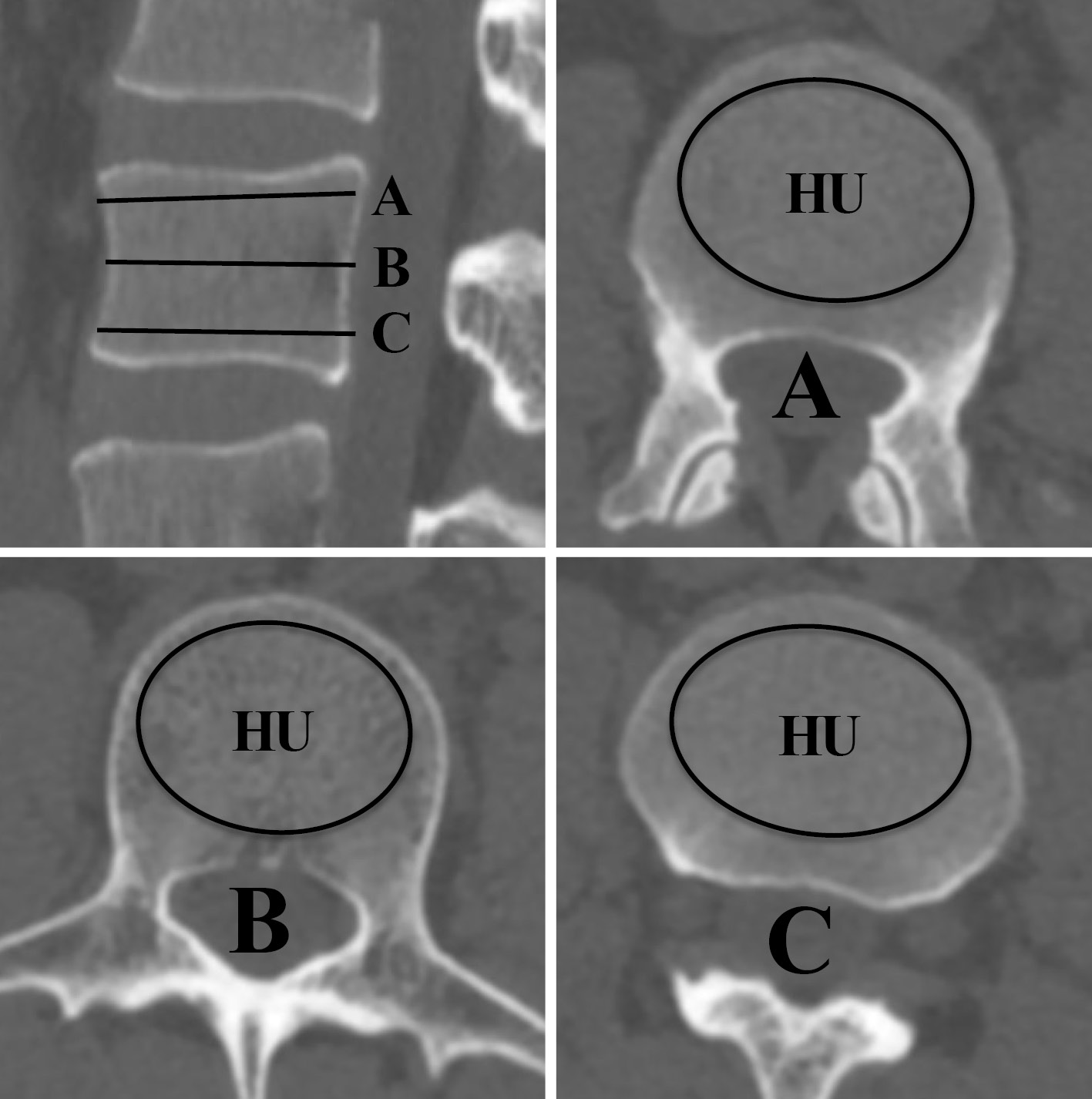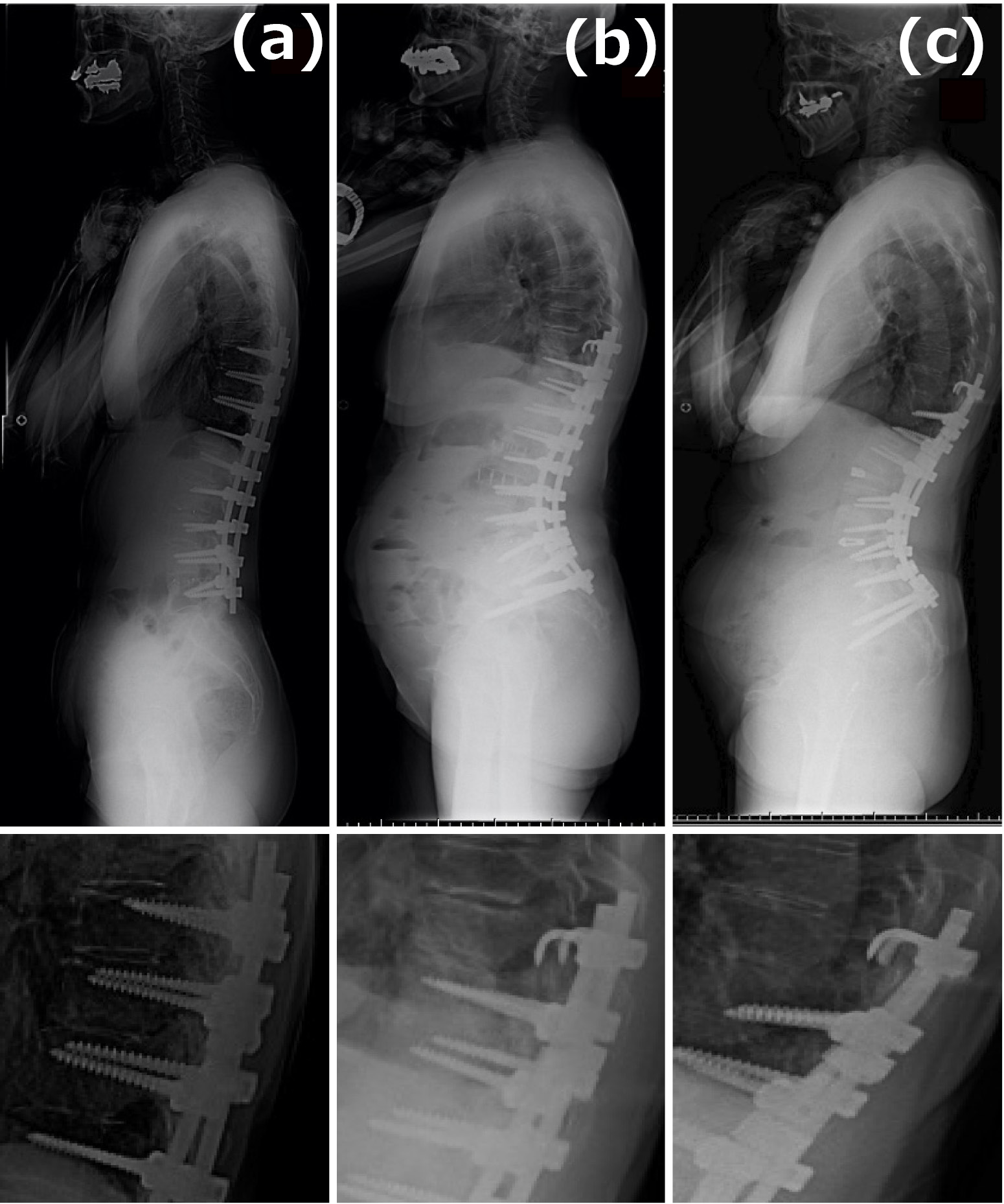Volume 15, Issue 1
Displaying 1-7 of 7 articles from this issue
- |<
- <
- 1
- >
- >|
Editorial
-
2024Volume 15Issue 1 Pages 1-2
Published: January 20, 2024
Released on J-STAGE: January 20, 2024
Download PDF (355K)
Original Article
-
2024Volume 15Issue 1 Pages 3-12
Published: January 20, 2024
Released on J-STAGE: January 20, 2024
Download PDF (1735K) -
2024Volume 15Issue 1 Pages 13-19
Published: January 20, 2024
Released on J-STAGE: January 20, 2024
Download PDF (1217K) -
2024Volume 15Issue 1 Pages 20-27
Published: January 20, 2024
Released on J-STAGE: January 20, 2024
Download PDF (1806K) -
2024Volume 15Issue 1 Pages 28-33
Published: January 20, 2024
Released on J-STAGE: January 20, 2024
Download PDF (1352K) -
2024Volume 15Issue 1 Pages 34-39
Published: January 20, 2024
Released on J-STAGE: January 20, 2024
Download PDF (1090K) -
2024Volume 15Issue 1 Pages 40-48
Published: January 20, 2024
Released on J-STAGE: January 20, 2024
Download PDF (1310K)
- |<
- <
- 1
- >
- >|






